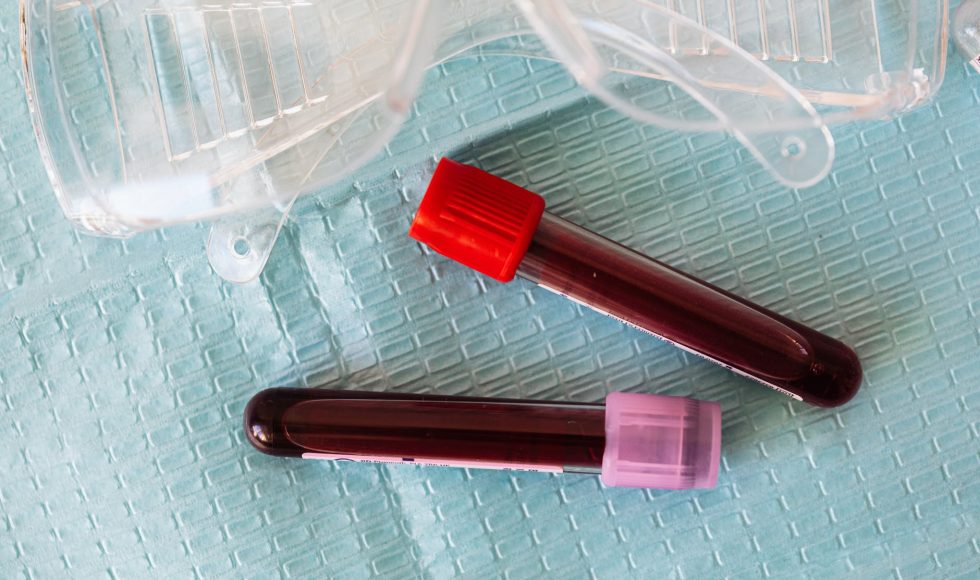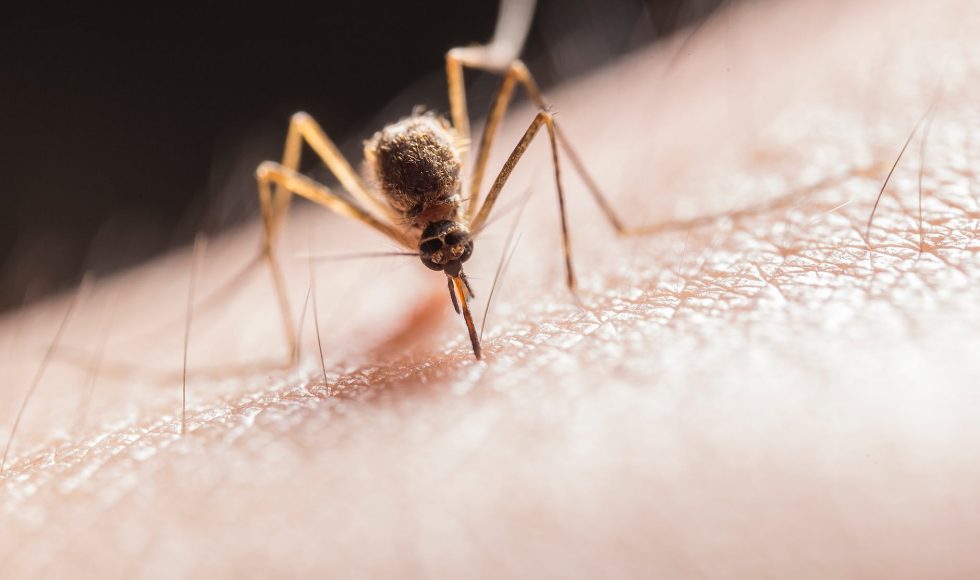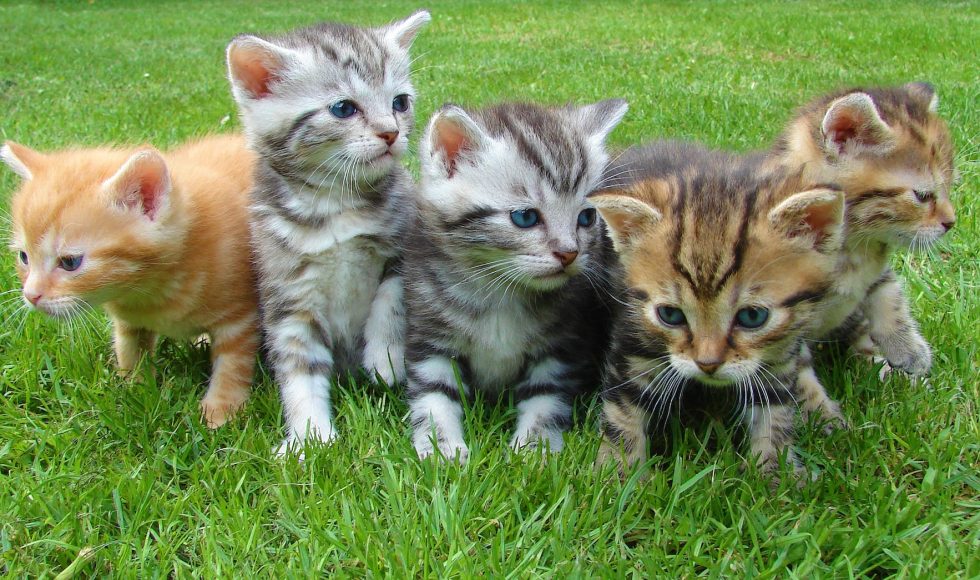Tonight I watched Fritz Sedlazeck from The Baylor College of Medicine Human Genome Sequencing Center present at the Nanopore Community Meeting 2022 on “Rapid structural variant calling across AllOfUs using Oxford Nanopore sequencing.” Sedlazeck spoke about structural variations (SV) that are 50bp+ genomic alterations. Long read sequencing SV calling improves detection. Sedlazeck and team created […]
Tonight I watched the Nanopore Community Meeting 2022 session by Alisa MacCalman from the University of Exeter in the UK. The title of the session was “Ultra-deep targeted transcript sequencing identifies isoform diversity across human pancreatic development.” MacCalman spoke about pancreatic development and that most of the knowledge is from mouse models. They are interested […]
“Can nanopore long-read sequencing replace current cytogenetic methods in clinical genetic diagnostics” was the title of Emilie Boye Lester’s session at the Nanopore Community Meeting 2022. Lester is from Odense University Hospital in Denmark and explained that the aim of their study was to “explore the capability of long-read whole genome sequencing to detect structural […]
Jasper Verwilt from Ghent University in Belgium presented at the Nanopore Community Meeting 2022 on “Revealing plasma exRNA’s deepest secrets.” The title of this ten-minute session was intriguing. Verwilt explained that human blood is a very unfriendly environment, yet some exRNA exist! I had never thought about this! There are, Verwilt shared, linear and circular […]
“Use of Pore-C to explore the 3D organization of animal symbiont chromosomes” was the title of the session Tobias Viehboeck from the University of Vienna, Austria, presented at the Nanopore Community Meeting 2022. They mentioned that there are approximately 1025 microbes that live associated with plants or animals. However, Viehboeck noted that few obligate symbionts […]
Tonight I watched Jhakelin Gloria Reyes Vasquez from the Amazon Conservation Association in Peru present at the Nanopore Community Meeting 2022. The title of the fifteen-minute session was “Population monitoring with in situ conservation genetics in the Peruvian Amazon.” Reyes Vasquez spoke about the concept of one health that combines communication, collaboration, coordination and capacity […]
Melanie Sagniez from the CHU Sainte-Justine Research Centre in Canada presented on “Rapid leukemia classification using nanopore sequencing” as part of the Nanopore Community Meeting 2022. This ten-minute session described part of their Ph.D. project research. They first spoke about pediatric leukemia and the current diagnostic process. I didn’t realize that the process takes on […]
Tonight I watched Katrina Kalantar present a ten-minute session at the Nanopore Community Meeting 2022 entitled “CZ ID: an open-source cloud-based pipeline and analysis service for metagenomic pathogen detection and monitoring.” Kalantar is a computational biologist at the Chan Zuckenberg Initiative (CZI). I did not know about this pipeline! CZI is open-source and enables simple […]
Samuel Fisch from Tulane University School of Public Health and Tropical Medicine presented at the nanopore Community Meeting 2022 a ten-minute session on “Monitoring the circulation of SARS-CoV-2 variants through community wastewater sequencing.” Fisch stated that he goal was to “perform genomic sequencing on wastewater samples to detect variant changes within the local environment.” Wastewater […]
Nick Vereecke from PathoSense BV in Belgium presented “Intra- and inter-cattery epidemiology of feline coronavirus in Belgium between 2018 and 2021” as part of the Nanopore Community Meeting 2022. This five-minute session was packed with information. They described the feline coronavirus (FCoV) that was first detected in 1963 and has 3 serotypes so far. The […]











